This thorough overview explains the qualities, grades, and similar ASTM materials of Q355 steel. Understand the strength, weldability, and formability of Q355 steel, which makes it appropriate for a variety of structural applications. Learn about the various types and grades of Q355 steel, including Q355B, and their unique features. Find the closest ASTM material equivalent to Q355 steel and learn about its mechanical qualities and applications. Whether you work in construction, engineering, or manufacturing, this guide will help you make informed decisions about Q355 steel for your next project.
Q355 is a Chinese structural steel grade that is comparable to Q345 but has better strength. It is sometimes referred to as Q355B or Q355D, based on its chemical makeup and mechanical qualities. Q355 steel is intended to have a minimum yield strength of 355 MPa, which is much greater than the 345 MPa yield strength of Q345 steel.
Q355 steel has increased performance and is often utilized in structural applications that demand more strength. It is used in the construction industry to fabricate beams, columns, and other load-bearing structures. Q355 steel is also appropriate for making equipment components, bridges, and offshore structures.
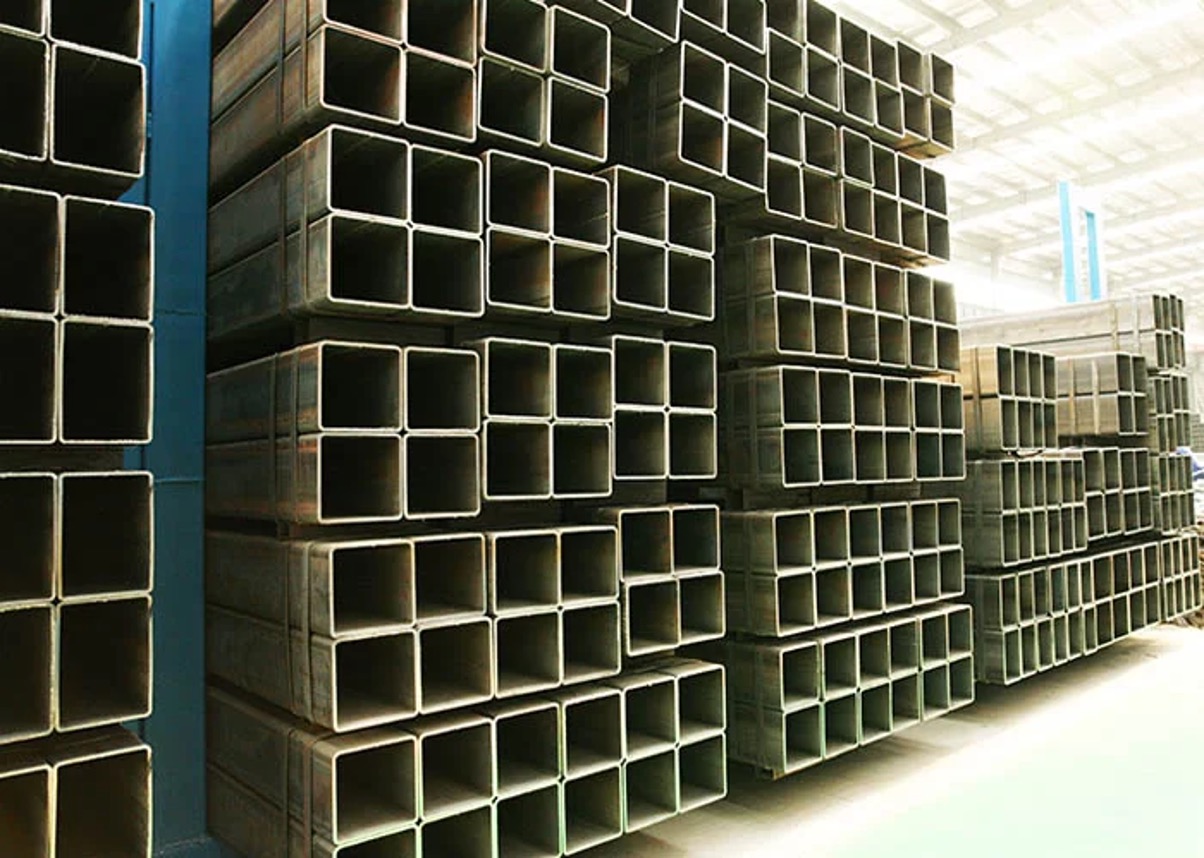
The equivalent grades of Q355 steel vary depending on the international standards being used for comparison. Here are some commonly used equivalents:
ASTM A572 Gr 50: This is an equivalent grade to Q355 in the American ASTM standards. It has a minimum yield strength of 345 MPa and is commonly used in structural applications.
S355JR: This is an equivalent grade to Q355 in the European EN standards. It has a minimum yield strength of 355 MPa and is widely used in structural and engineering applications.
SM490B or SM490C: These are equivalent grades to Q355 in the Japanese JIS standards. They have minimum yield strengths of 325 MPa and 365 MPa, respectively, and are commonly used in structural applications.
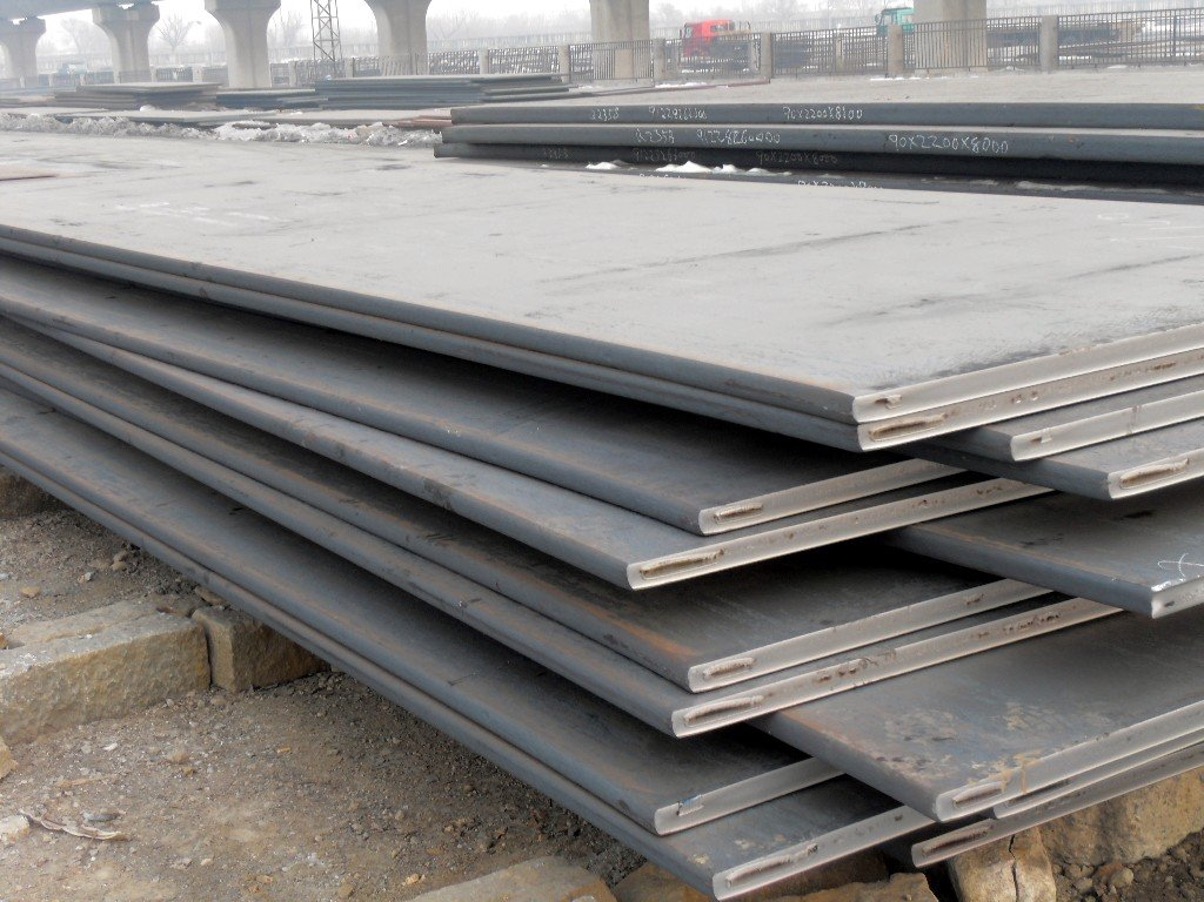
It’s important to note that while these grades are considered equivalent to Q355 steel, there may be slight differences in chemical composition and mechanical properties. Therefore, it is recommended to refer to specific standards and consult the relevant specifications for precise information when selecting an equivalent grade for a particular application.
Q355 steel is a high-strength structural steel with a variety of qualities that make it appropriate for a wide range of applications. The precise qualities of Q355 steel differ depending on the variant or kind, such as Q355B, Q355C, Q355D, or Q355E. However, in general, below are some important qualities related with Q355 steel:
Q355 steel is renowned for its great strength, with a minimum yield strength of 355 MPa. This allows it to endure high loads and strains, making it ideal for structural applications in building and engineering.
Q355 steel has strong weldability, which allows for simple joining and production procedures. It may be welded using standard procedures such as arc welding, gas welding, and resistance welding, adding to its versatility and ease of usage.
Q355 steel has great formability, which means it can be easily bent and formed into a variety of structural components. This characteristic provides for greater design flexibility and the building of complicated structures.
Q355 steel has good toughness, which is the capacity to absorb energy and resist fracture. This feature means that the steel can bear impact and dynamic loads without brittle failure, making it ideal for applications that require durability.
Q355 steel has strong ductility, which allows it to be deformed without fracture. This feature is significant for structural materials because it allows steel to be bent, stretched, or molded while maintaining its integrity.
Q355 steel has good impact resistance, making it appropriate for applications involving sudden and high impact loads. It can bear rapid stresses and absorb energy without failing, which is critical in constructions that may encounter dynamic loads or vibrations.
Some varieties of Q355 steel, such as Q355E, may have improved weather resistance due to the addition of alloying components. This feature allows the steel to tolerate corrosive environments, making it appropriate for use in outdoor constructions or marine situations.
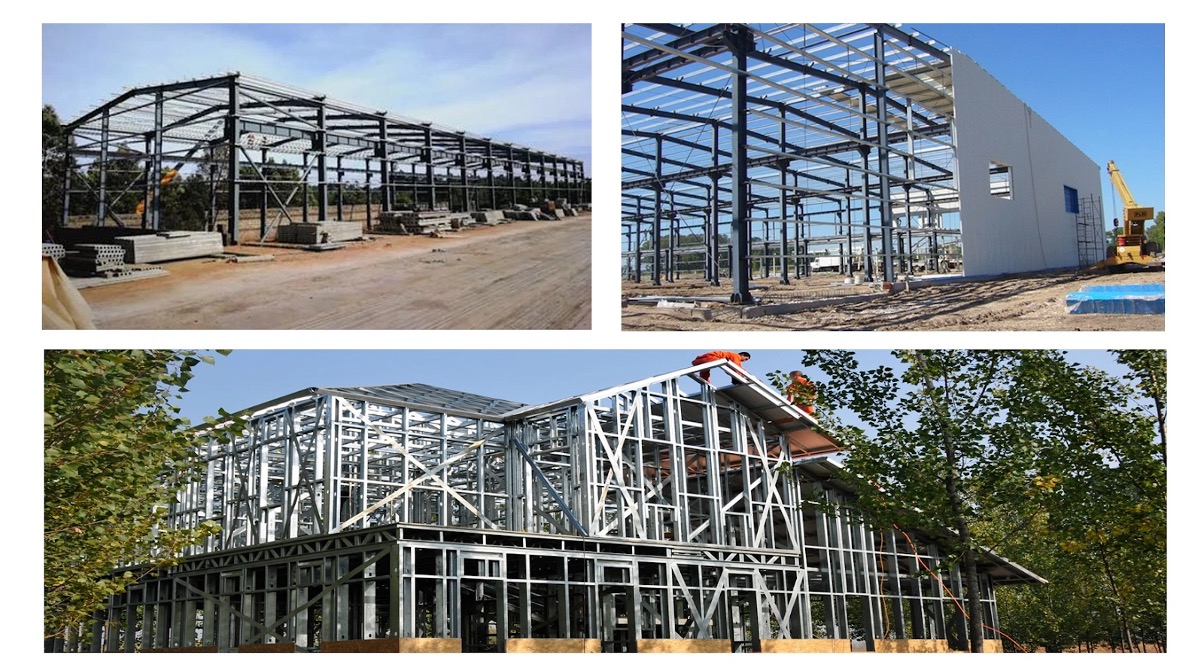
It is crucial to note that the qualities of Q355 steel may differ slightly depending on the version or kind. To receive accurate information on the qualities of a particular grade of Q355 steel, consult the applicable specifications and standards.
Q355 steel is a high-strength structural steel grade that is commonly used in various industries and applications. However, it’s important to note that there isn’t a specific “grade” of Q355 steel as it is not classified using traditional grade designations like Q235 or Q345. Instead, Q355 is typically categorized based on its chemical composition and mechanical properties.
Different variations or types of Q355 steel exist, such as Q355B, Q355C, Q355D, and Q355E, each with its own specific composition and properties. These variations are distinguished by factors like carbon content, additional alloying elements, and specific heat treatment processes.
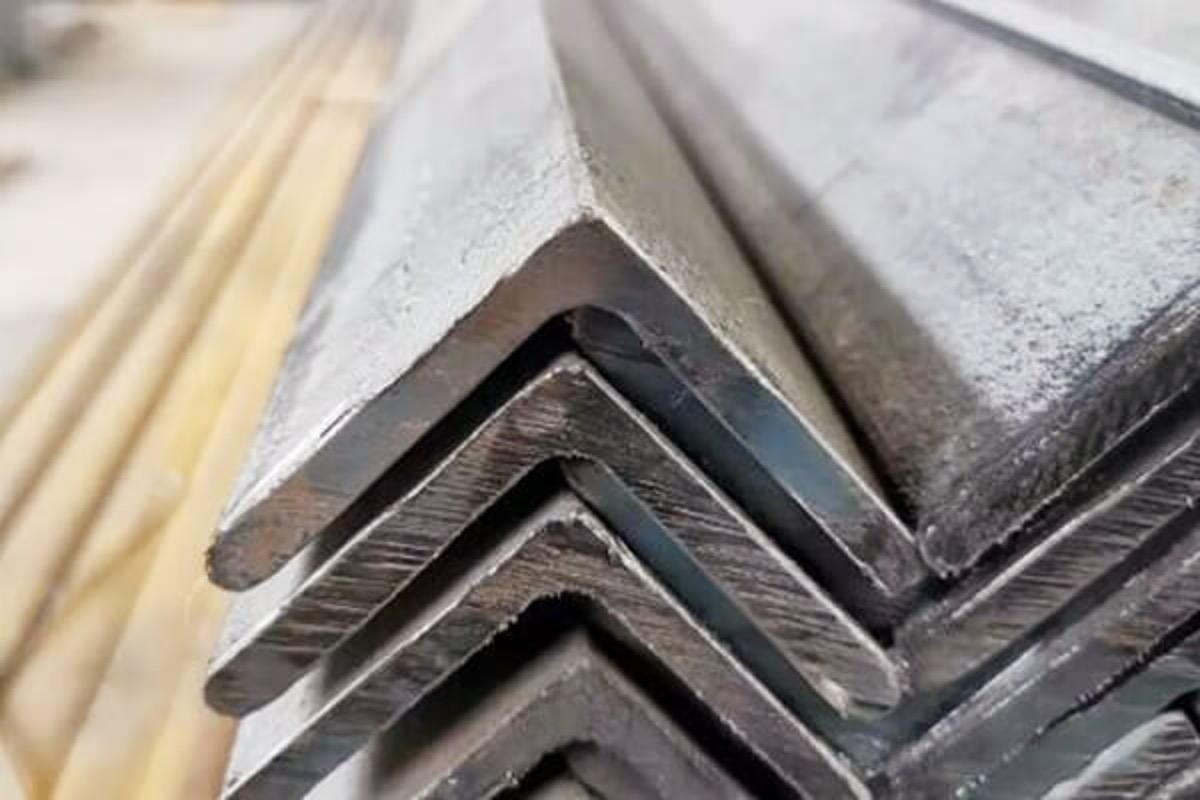
This type of Q355 steel is characterized by a higher carbon content, typically ranging from 0.20% to 0.25%. It offers good weldability and formability, making it suitable for structural applications that require high strength and toughness. Q355B is commonly used in the construction of buildings, bridges, and machinery.
Q355C steel has an increased carbon content, usually ranging from 0.18% to 0.22%. This variant provides improved strength and hardness compared to Q355B. Q355C is often utilized in applications that require higher load-bearing capacity, such as heavy machinery, cranes, and offshore structures.
Q355D steel is a type of Q355 with enhanced mechanical properties. It typically has a higher carbon content and additional alloying elements like niobium, vanadium, or titanium. Q355D offers excellent strength, toughness, and impact resistance, making it suitable for demanding structural applications. It is commonly employed in the construction of bridges, high-rise buildings, and structural components subjected to dynamic loads.
Q355E steel is another variant of Q355 that is designed to have enhanced properties. It frequently incorporates alloying metals like niobium, vanadium, or titanium to increase its strength and hardness. Q355E is commonly used in applications that require high strength and resistance to environmental conditions, such as offshore platforms, power transmission towers, and heavy-duty equipment.
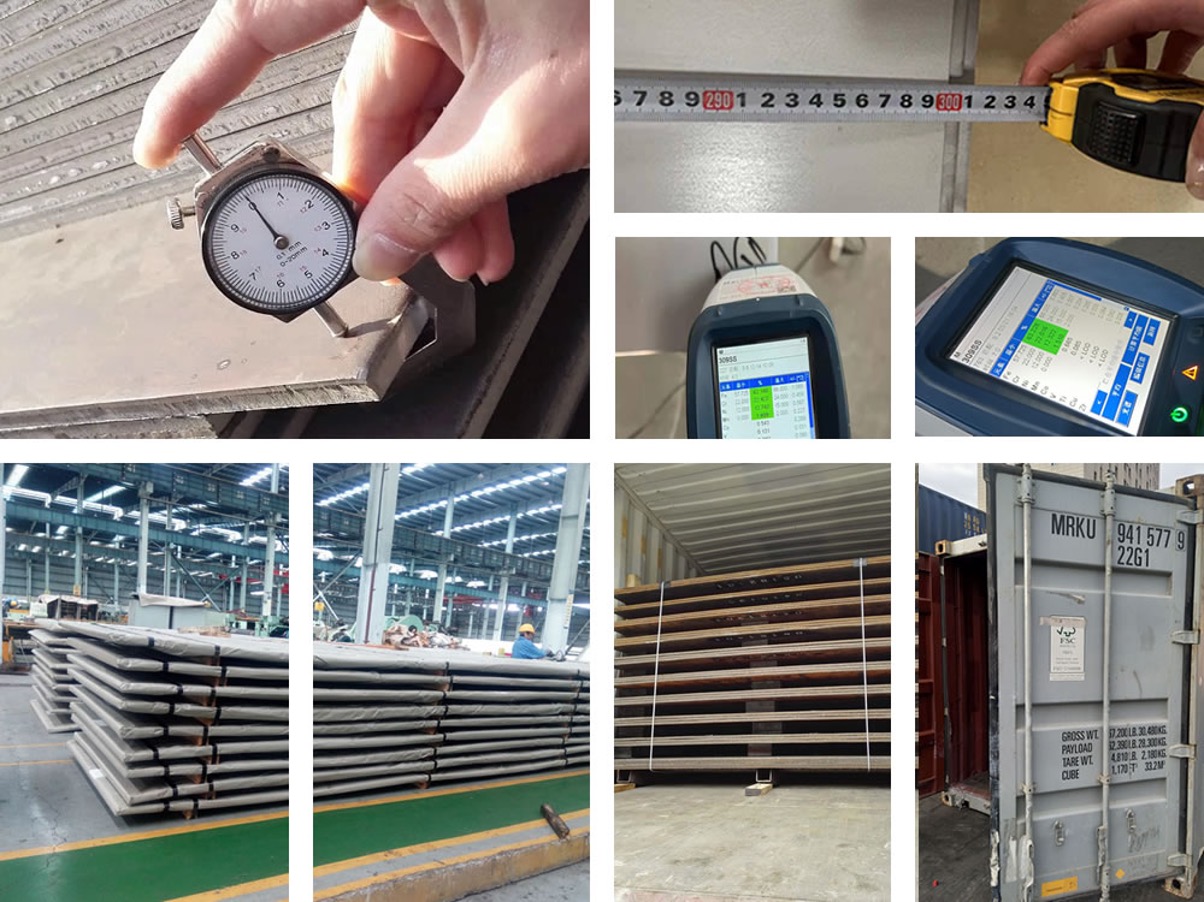
Each type of Q355 steel offers specific advantages and is suited for different applications based on their respective properties. The selection of the appropriate type depends on factors such as required strength, toughness, environmental conditions, and specific project requirements. Consulting relevant specifications, standards, and engineering guidelines is crucial for determining the most suitable type of Q355 steel for a given application.
Therefore, when referring to Q355 steel, it is more accurate to specify the specific type or variant of Q355 being discussed, such as Q355B, Q355C, Q355D, or Q355E. This helps to ensure clarity and accuracy when discussing the properties, characteristics, and applications of Q355 steel.
The equivalent ASTM material for Q355B steel is ASTM A572 Grade 50. ASTM A572 Grade 50 is a structural steel with high strength and low alloy content that is widely utilized in structural applications. Both Q355B and ASTM A572 Grade 50 have a minimum yield strength of 355 MPa (50 ksi) and possess similar mechanical properties.
ASTM A572 Grade 50 offers excellent weldability and formability, making it suitable for a wide range of structural applications, including bridges, buildings, and machinery. It has a higher strength-to-weight ratio compared to many other steel grades, providing superior load-bearing capacity.
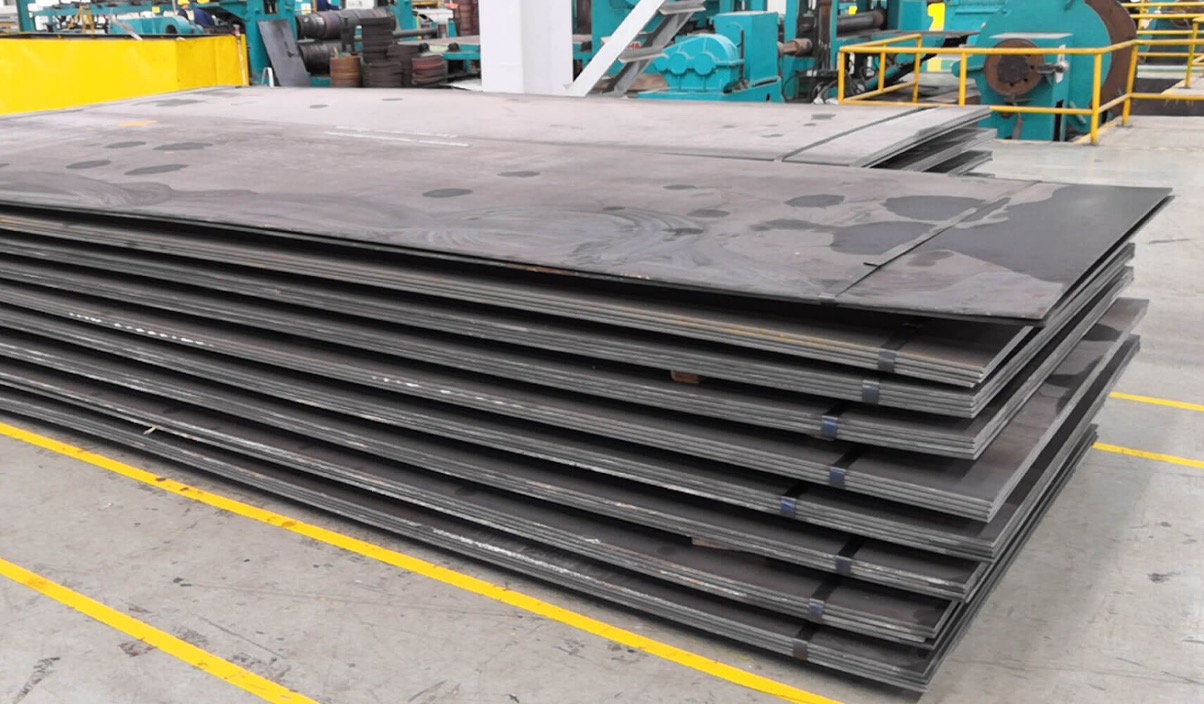
However, it is crucial to note that, while Q355B and ASTM A572 Grade 50 have certain similarities, they are not direct counterparts.
When comparing equivalencies between steel standards, keep in mind that chemical composition and mechanical qualities may vary slightly. When selecting a comparable ASTM material for Q355B steel, it is recommended that you examine the applicable specifications and standards or seek expert assistance for accurate information.
Q345 and Q355 are both high-strength low-alloy (HSLA) structural steels commonly used in various industries and applications. While they share some similarities, there are also key differences between Q345 and Q355. Here is a comparison of the two grades:
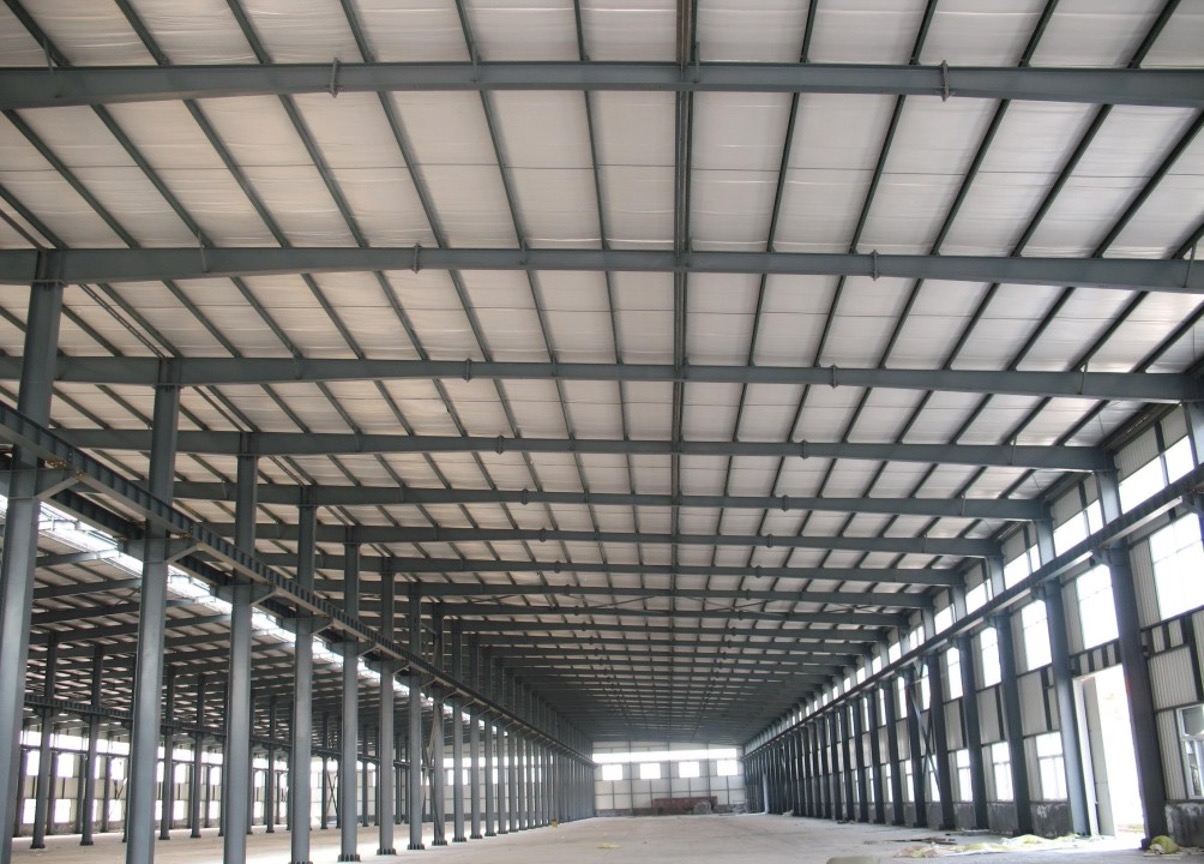
In conclusion, Q355 steel is a structural steel with high strength and low alloy content that is ideal for a variety of applications. We investigated its qualities, grades, and equivalent ASTM materials, providing information on its strength, weldability, formability, and impact resistance. Understanding the various types and grades of Q355 steel, especially Q355B, is critical when choosing the proper material for structural applications. By identifying the closest ASTM material equivalents, we have offered vital information to engineers, constructors, and producers. Q355 steel, with its adaptability and great mechanical qualities, remains a trustworthy choice for projects needing strength, durability, and performance.
Learn more
Address
Website: https://stavianmetal.com
Email: info@stavianmetal.com
